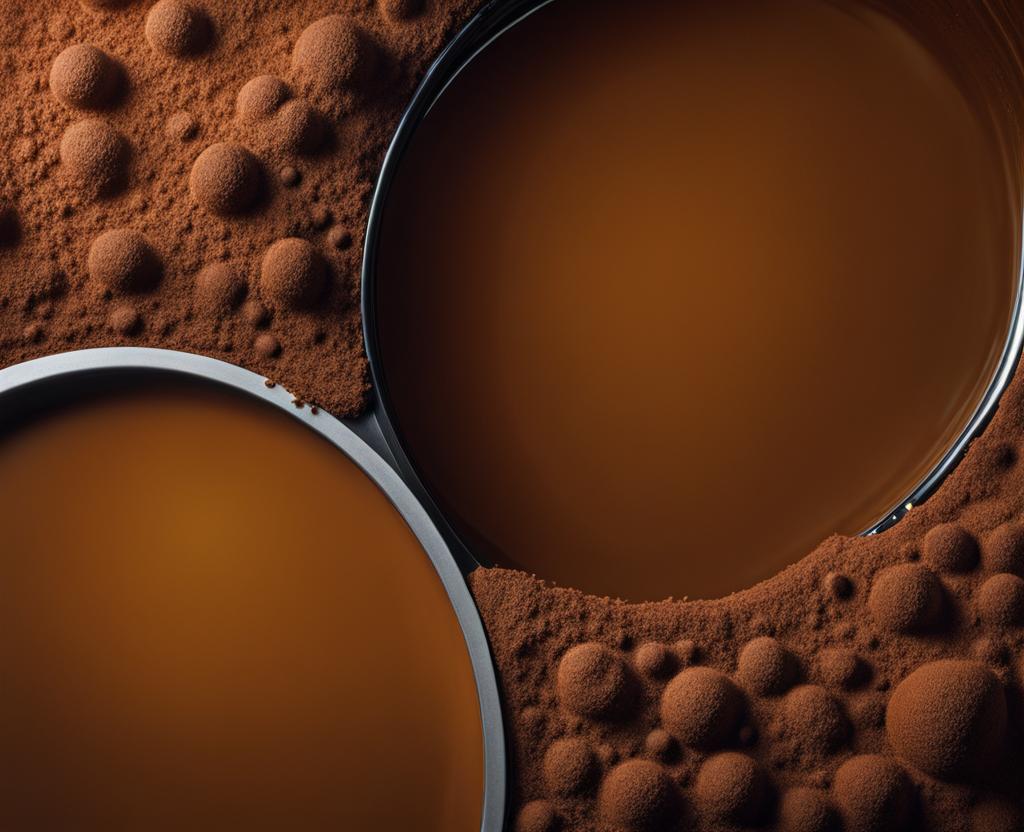Have you noticed a nasty brown sludge building up in your water softener tank? Don’t panic – this is a common issue, but one that can be easily resolved with the right approach.
Understanding Brown Sludge in Water Softener Tanks
Before we dive into the solution, let’s first understand what we’re dealing with. Brown sludge in water softener tanks is typically a combination of iron, manganese, sediment, and sometimes even bacterial growth. This sludge can accumulate over time, causing various issues, such as clogged systems and decreased efficiency of your water softener.
Iron and manganese are naturally occurring minerals that can seep into your water supply through underground aquifers or corroded pipes. When these minerals come into contact with the resin bed in your water softener, they can start to form a thick, sludgy substance that coats the resin beads and the tank’s interior.
Sediment buildup can also contribute to the problem, as it can mix with the iron and manganese to create a dense, muddy sludge. Additionally, certain types of bacteria thrive in these conditions, further exacerbating the issue and potentially leading to unpleasant odors or discolored water.
Identifying the Source of the Problem
The first step in resolving the brown sludge issue is identifying the root cause. Here’s what you need to do:

- Check for iron or manganese in your water supply by having a water quality test done. High levels of these minerals are often the culprit behind sludge formation.
- Inspect the resin bed and tank itself for sediment buildup. Over time, sediment can accumulate and contribute to the sludge problem.
- Test for bacterial growth or contamination, as this can also lead to sludge formation and foul odors.
Once you’ve pinpointed the source of the problem, you can move on to the cleaning process.
Step-by-Step Guide to Cleaning the Tank
Now, let’s roll up our sleeves and tackle that sludge head-on! Here’s a step-by-step guide to cleaning your water softener tank:
- Gather the necessary tools and materials, such as a sturdy brush, rubber gloves, a bucket, and a specialized cleaning solution designed for water softener tanks.
- Carefully drain and disassemble the water softener tank, following the manufacturer’s instructions to ensure you don’t damage any components.
- Once the tank is open, you’ll likely be greeted by that unsightly brown sludge. Don’t worry – it’s time to get scrubbing! Use the brush and cleaning solution to manually remove as much of the sludge as possible, paying extra attention to the corners and crevices where it tends to accumulate.
- For stubborn sludge that won’t budge, you may need to resort to a stronger chemical treatment. However, be sure to follow the instructions carefully and take proper safety precautions.
- After you’ve removed as much sludge as possible, thoroughly rinse the tank with clean water to ensure no residue is left behind.
- Finally, reassemble the water softener tank, following the manufacturer’s guidelines, and you’re good to go!
Preventative Measures for a Sludge-Free Tank
While cleaning the tank is a necessary step, you’ll want to take preventative measures to keep that pesky brown sludge at bay in the future. Here are some tips to keep your water softener running smoothly:
- Install pre-filters or iron removal systems to reduce the amount of iron and manganese entering your water softener.
- Regularly backwash and regenerate your softener according to the manufacturer’s recommendations. This helps flush out any buildup before it becomes a problem.
- Maintain proper salt levels and ensure adequate water flow to prevent sediment accumulation.
- Consider scheduling professional maintenance and inspections periodically to catch any issues early on.
Troubleshooting Common Issues
Even with preventative measures in place, you may still encounter some hiccups along the way. Let’s address a few common issues:
- Persistent sludge buildup despite cleaning: If you’re still noticing sludge accumulation after a thorough cleaning, it’s possible that there’s an underlying issue with your water supply or softener components. In this case, it may be time to call in a professional for further assessment and potential repairs or replacements.
- Clogged or damaged components: Over time, sludge buildup can clog or damage certain components of your water softener, such as the control valve or resin tank. If this occurs, you’ll need to replace the affected parts to restore proper functionality.
- Water quality issues contributing to sludge formation: If your water supply has high levels of iron, manganese, or other contaminants, it may be necessary to install additional filtration systems or water treatment equipment to address the root cause of the sludge problem.
In some cases, despite your best efforts, the sludge buildup may be too severe, or your water softener may simply be too old and worn out to function properly. Here are a few signs that it might be time to consider replacing your water softener:
- Frequent breakdowns or component failures
- Significant loss of efficiency, even after cleaning and maintenance
- Excessive salt or water consumption
- Outdated technology or lack of modern features
If you do decide to replace your water softener, be sure to choose a high-quality unit that meets your household’s needs and budget. Additionally, properly dispose of the old tank and any remaining sludge according to local regulations.
By following these steps and taking preventative measures, you can say goodbye to that unsightly brown sludge and enjoy crystal-clear, softened water for years to come.

This is where you’ll find inspiration to create a stylish and beautiful dream home.